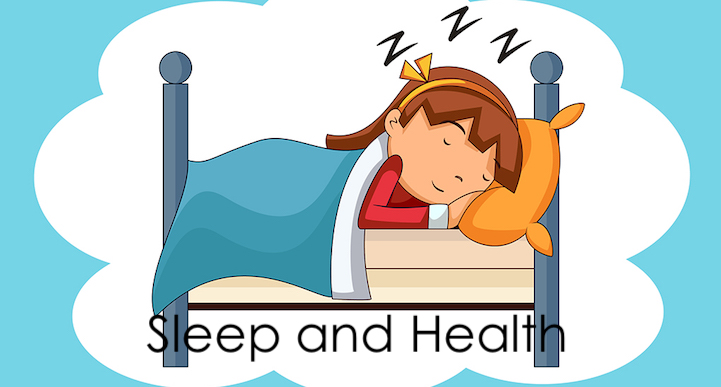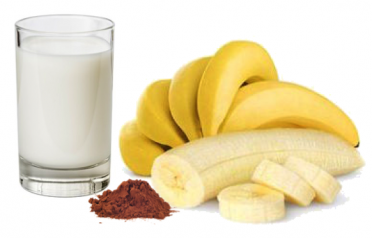Last week I wrote about sleep and while doing my research I came across so much information.
So today I thought I would continue with this topic and share some articles from the Heart Institute I found interesting.
New research from Australia’s Sleep Health Foundation reveals that 33 to 45% of Australian adults suffer from inadequate sleep.
What impact does this have on our health and wellbeing? And does inadequate sleep affect our ability to exercise and improve fitness?
The Sleep Health Foundation says sleep is a fundamental biological requirement for human health. A variety of health problems and chronic diseases including coronary heart disease, stroke and diabetes have been linked to specific sleep disorders.
It seems that getting some good quality zzzzzz’s should be high on our evening agenda.
Does sleep affect your ability to workout and improve your fitness?
The short answer is yes. Movement and wellness specialist Priscilla Flynn of In2great Fitness says she can tell when a client hasn’t been sleeping well.
“We train with heart rate monitors which gives us the ability to check in with how well our clients are coping with the stress of the workout,” she says.
”On days with poor sleep, heart rate efficiency will be compromised. Clients will tend to struggle to increase heart rate intensity, or their intensity stays high and they can’t recover.”
If we don’t sleep well we are more prone to weight gain, cravings, mood disorders, overeating, pain, and a general lack of wellness.
Sleep or exercise – what’s more important?
You can’t really have one without the other. It’s important to consider a person’s metabolic reserve – basically how much gas is in the tank.
“Good sleep quality will increase a person’s metabolic reserve, making them more resilient to stress of any kind. Having a good sleep means you can train longer, or more intensely, before you get depleted,” Priscilla says.
“A lack of sleep decreases metabolic reserve which means the person has a reduced capacity to cope with additional stress. This means they have a reduced capacity to train optimally, and therefore a reduced ability to get the results they seek”.
“If you’re really exhausted, it’s better to modify your workout and listen to your body.”
Too little sleep?
Research also suggests that getting too little sleep can be bad for your heart.
It has been established that getting too little sleep can lead to increased risk of diabetes. This new research shows it can also increase the chances of certain types of cardiovascular disease, especially in women and the elderly.
The study found those getting less than four hours of sleep can increase the likelihood of death by some types of heart disease, like heart attacks and angina.
So there you have it from the experts, the perfect reason to get a good night sleep. The Heart Institute also emphasises that the study suggests that too much sleep can also have a negative effect. It is recommended that you do not have more than 10 hours on a regular basis. (Source – The Heart Institute)
As with most things heart related (and health in general), moderation seems to be key.
Till the next post,
Live Clean n Prosper.



